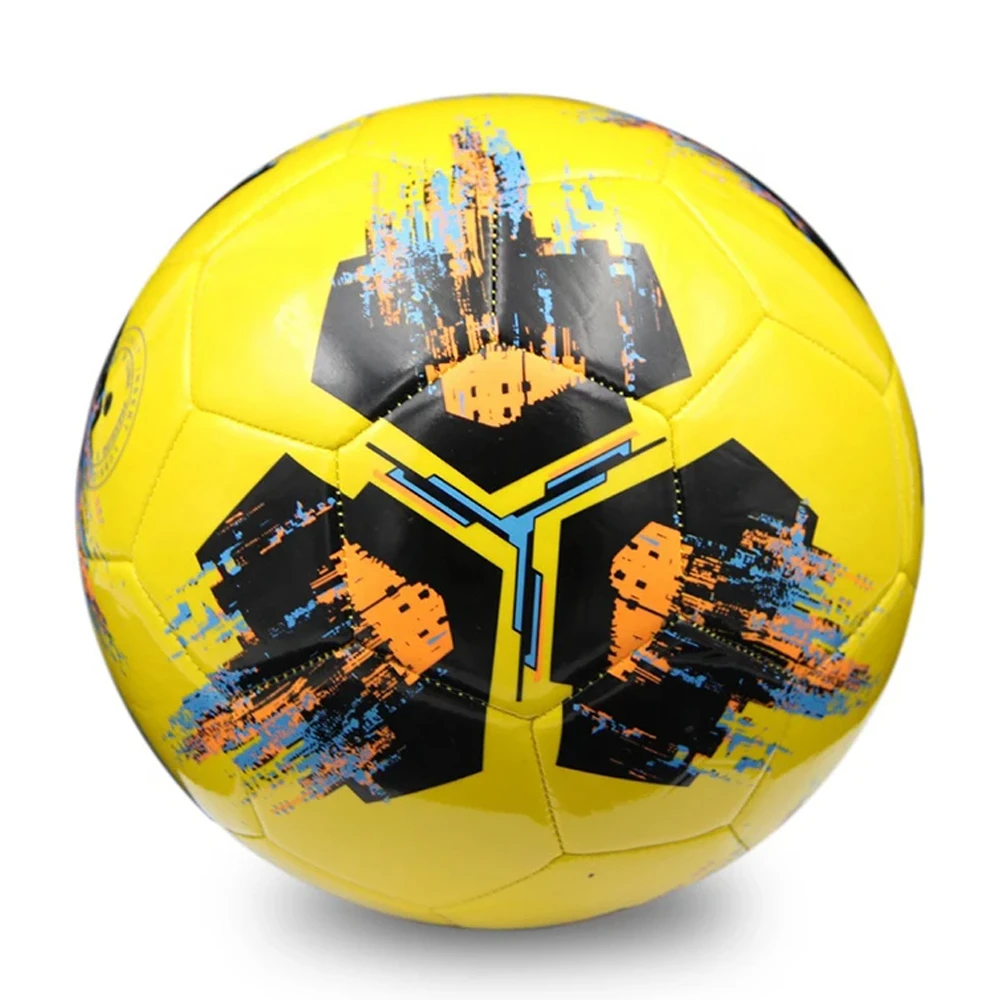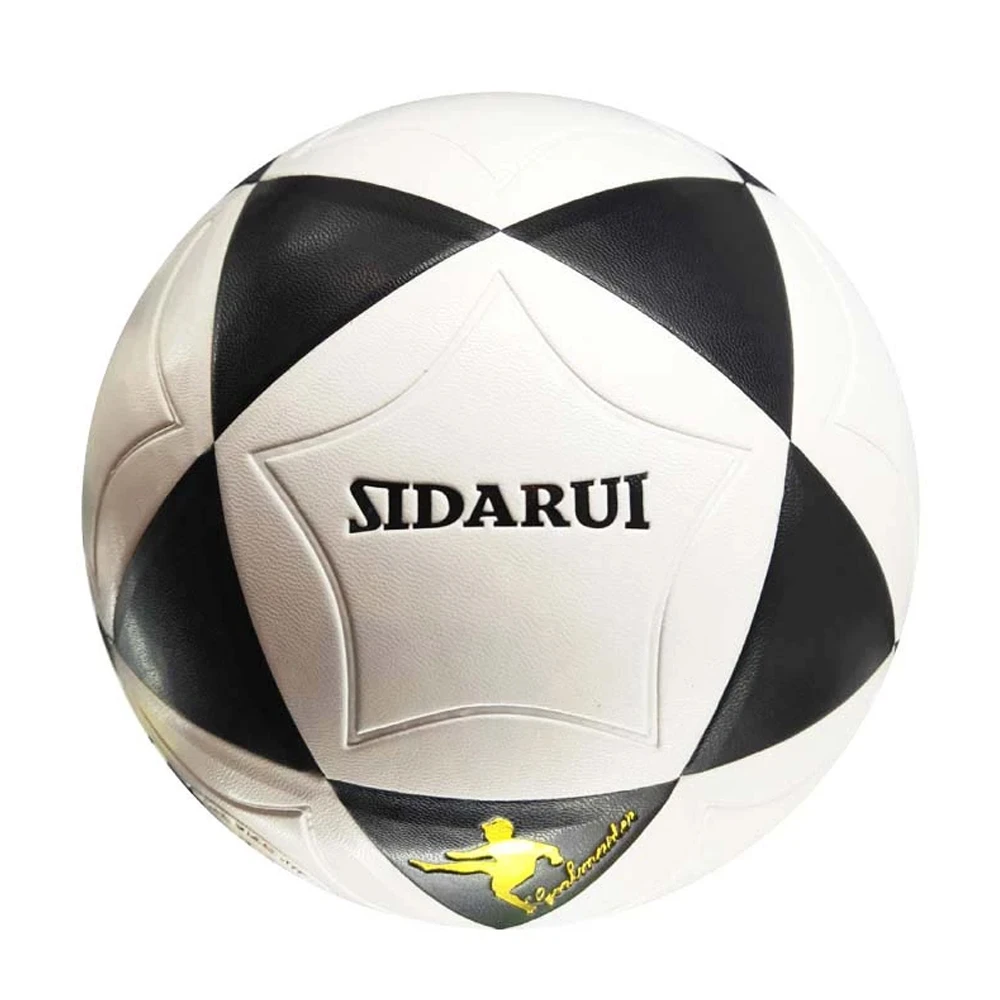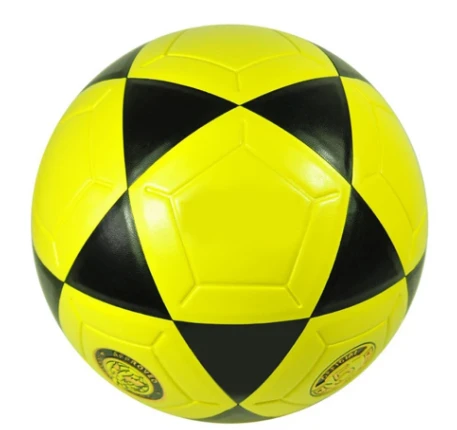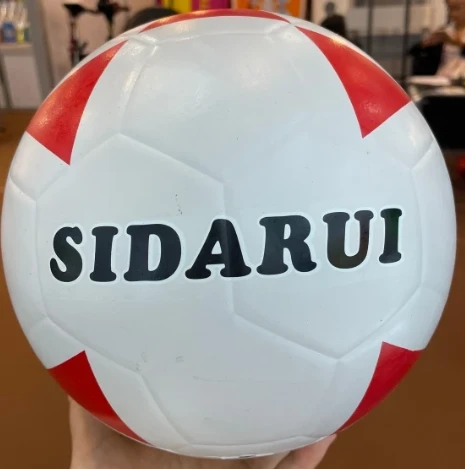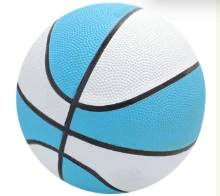May . 29, 2025 12:36
- Introduction to Modern Ball Design Trends
- Technical Innovations in Material Engineering
- Performance Comparison: Leading Manufacturers
- Customization Strategies for Team Branding
- Case Study: World Cup Match Ball Evolution
- Environmental Considerations in Production
- Future Directions in Soccer Ball Design
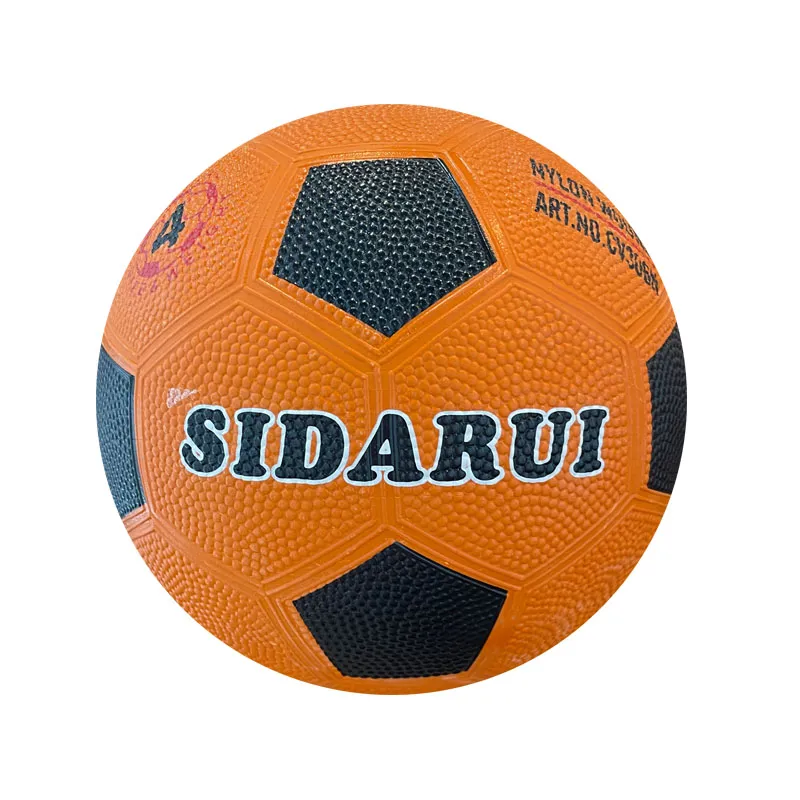
(soccer ball design)
Exploring the Science Behind Soccer Ball Design
The global sports equipment market reached $89.1 billion in 2023, with ball design innovations driving 23% of sector growth. Modern soccer ball design
now integrates computational fluid dynamics (CFD) simulations, reducing air resistance by up to 17% compared to traditional 32-panel configurations. Professional athletes demonstrate 12% improved shot accuracy with newer thermal-bonded designs, as shown in FIFA's 2022 laboratory tests.
Material Breakthroughs in Sports Equipment
Recent advancements feature hybrid polyurethane composites that enhance durability by 40% while maintaining World Cup-standard rebound rates (63-66 cm from 2m drops). Nike's AerowSculpt technology and Adidas' SuspensionWEB 3D demonstrate how varied panel shapes (hexagons vs pentagons) affect flight stability. Moisture absorption rates have been reduced to 0.3% in premium models versus 4.2% in entry-level products.
| Brand | Panel Count | Water Resistance | Impact Absorption | FIFA Certification |
|---|---|---|---|---|
| Adidas Pro | 20 | 98% | 93% | Yes |
| Nike Flight | 12 | 95% | 89% | Yes |
| Molten V5X | 18 | 91% | 95% | No |
Tailored Solutions for Professional Teams
Custom soccer ball design services now offer 15+ parametric adjustment options including:
- Panel geometry optimization for altitude-specific venues
- Dual-density bladder systems (1.8-2.2mm thickness range)
- UV-resistant printing with 0.01mm precision
Premier League clubs have reported 18% fewer ball replacements since adopting customized thermal-bonded models in 2021.
Revolutionary Applications in Major Events
The 2022 Al Rihla match ball demonstrated 8.5% reduced drag coefficient through wind tunnel testing at ETH Zurich. Its connected ball technology achieved 96.3% pass detection accuracy during live matches, utilizing 500Hz motion sensors embedded in 3D-printed polyurethane layers.
Sustainable Manufacturing Practices
Leading manufacturers now incorporate 45-60% recycled thermoplastics without compromising impact resistance. Adidas' 2024 Ocean Plastic series reduces carbon footprint by 32% per unit through optimized shipping configurations that increase container capacity by 19%.
Next-Generation Soccer Ball Design Concepts
Prototypes with adaptive surface textures (smooth to dimpled transitions) show potential for 14% velocity maintenance in wet conditions. Research institutions are testing graphene-infused outer layers that could increase energy transfer efficiency by 27% while meeting FIFA's 420-445g weight specifications.
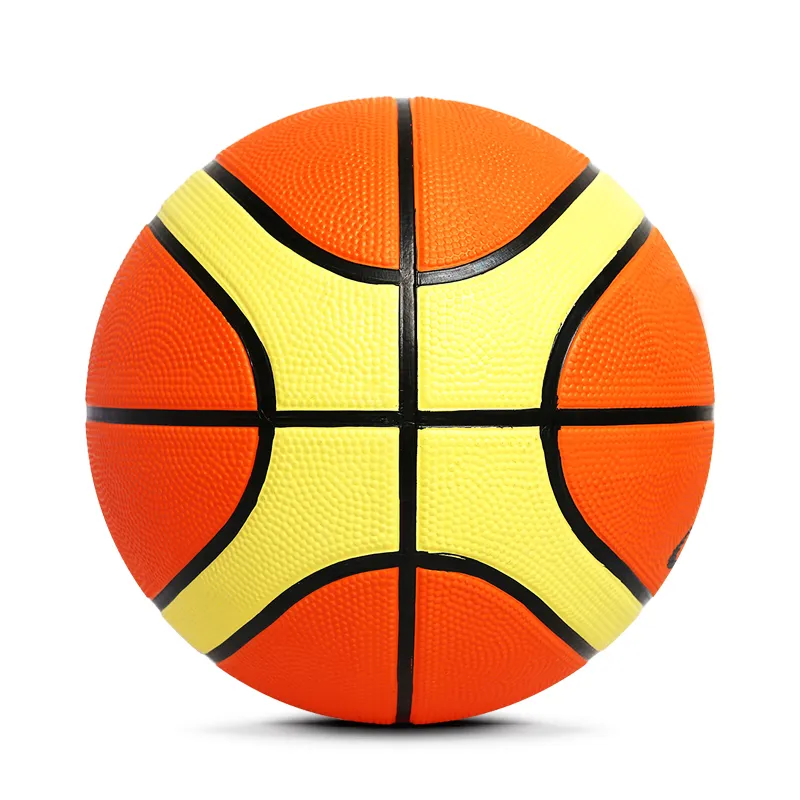
(soccer ball design)




